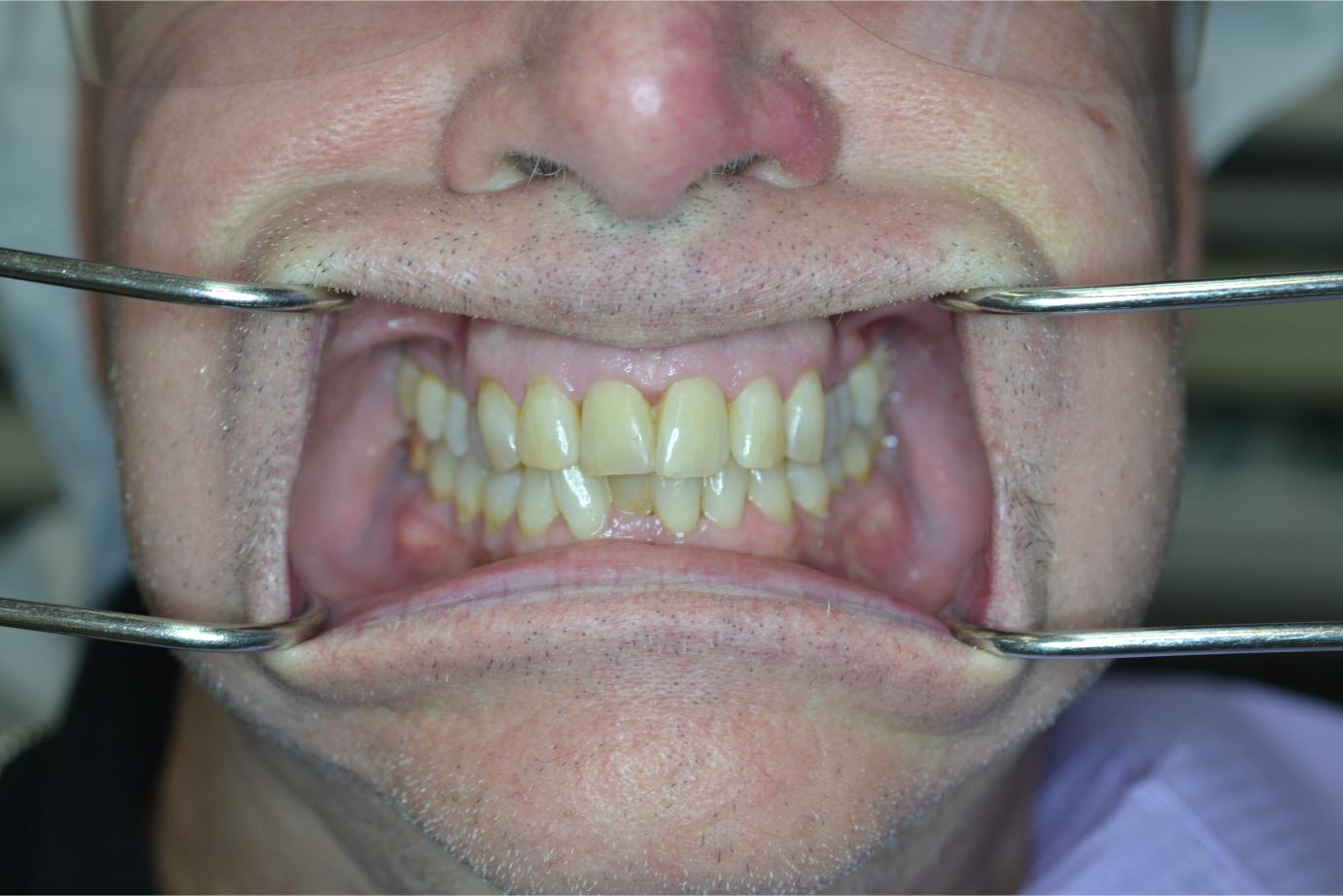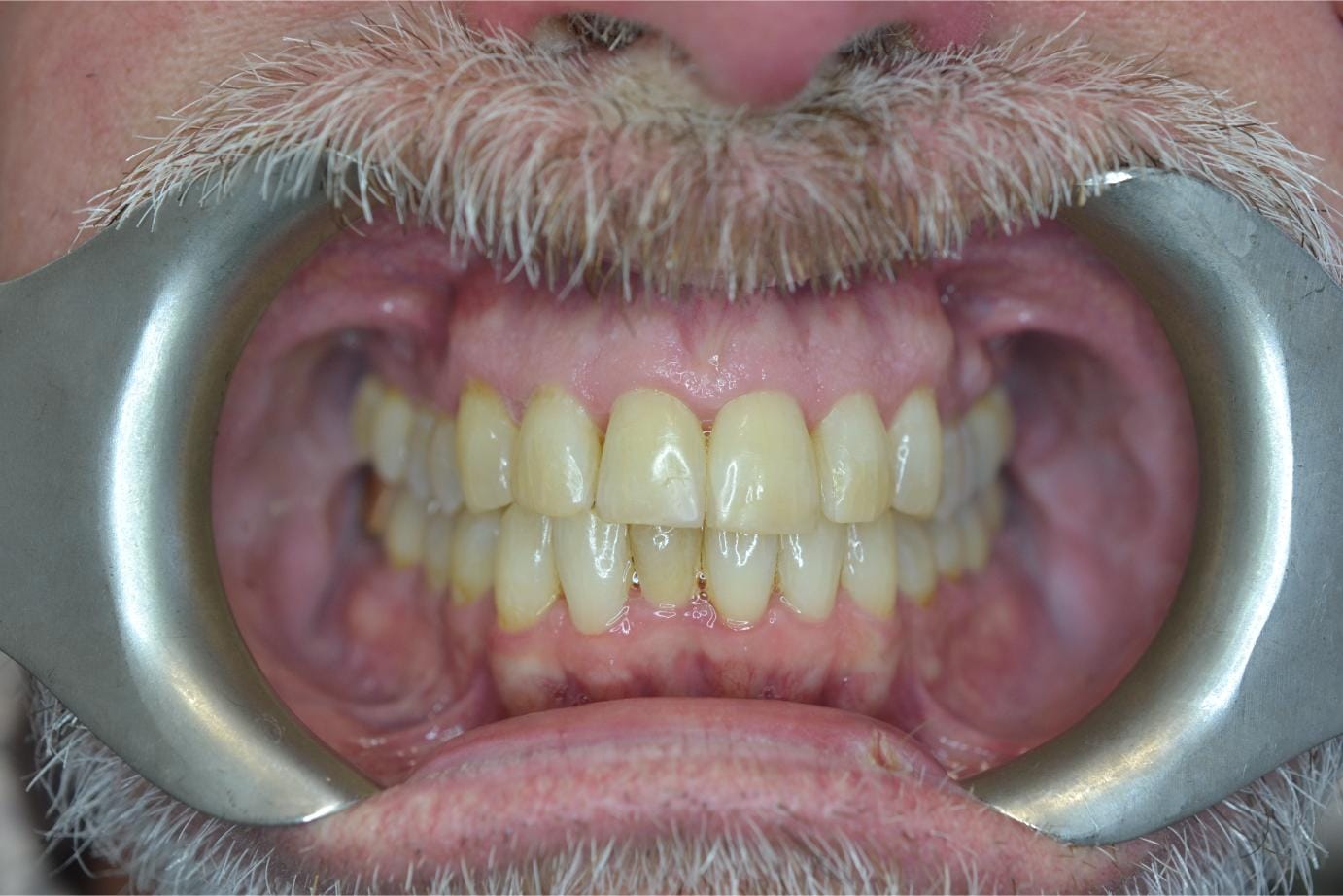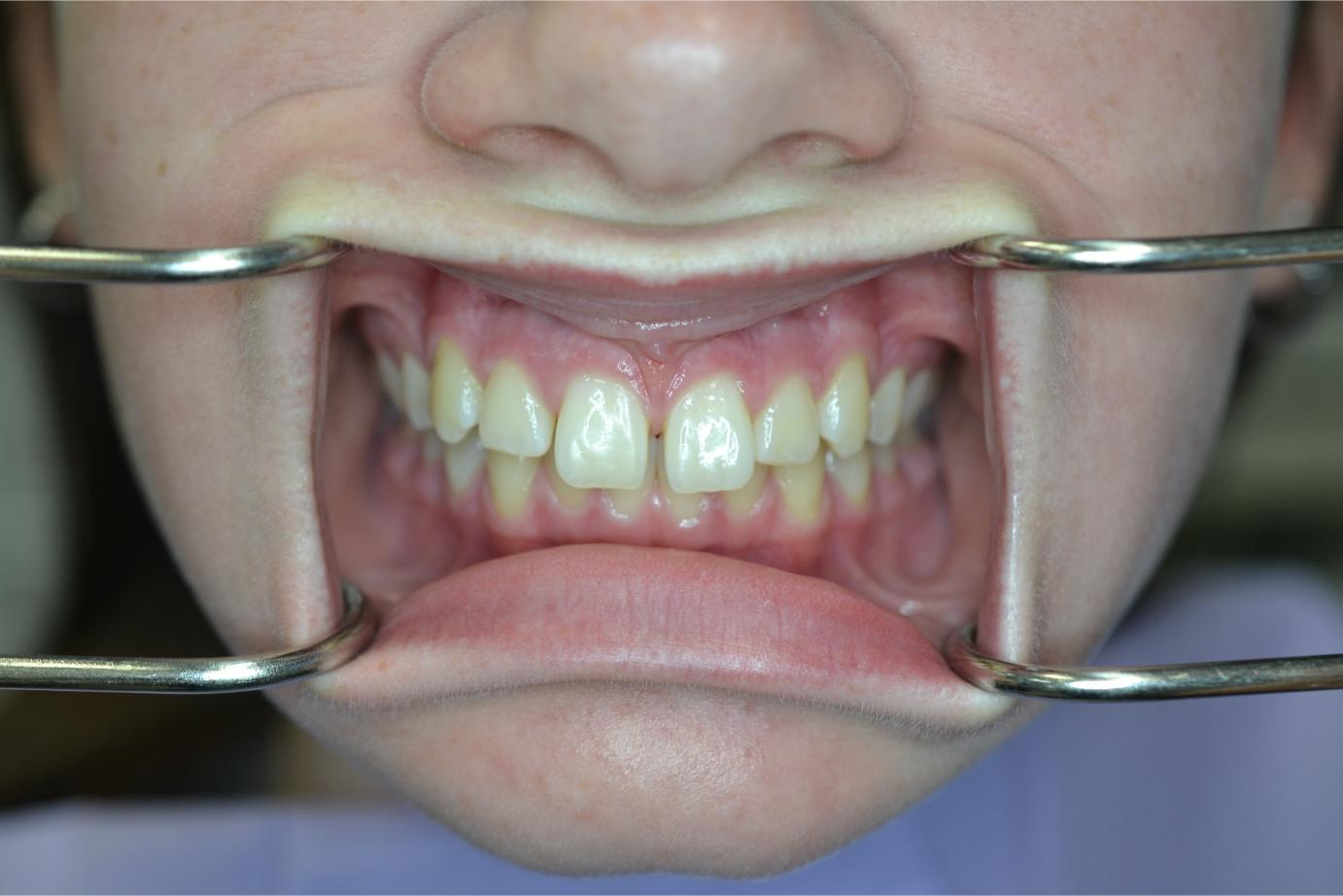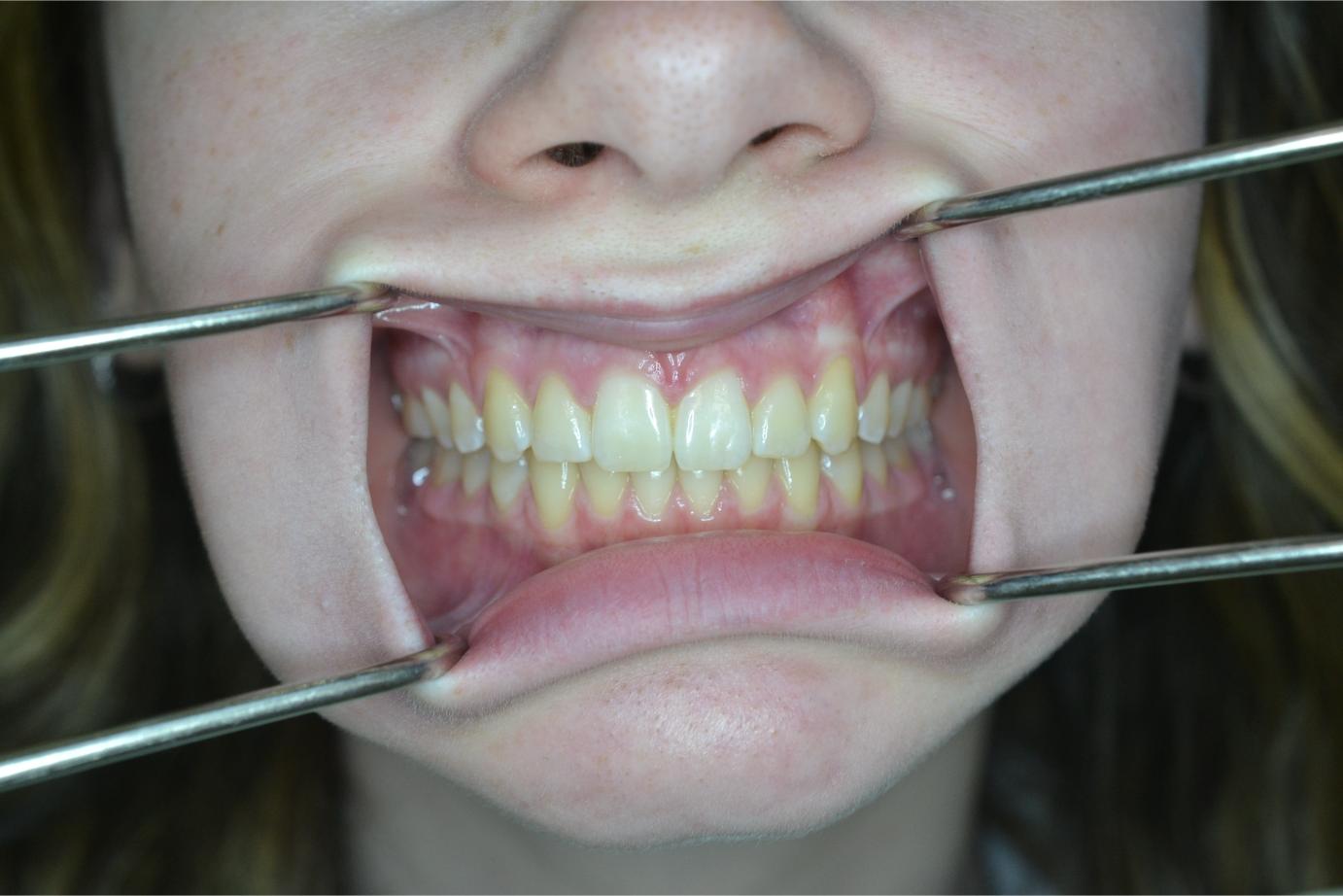Considering orthodontic options to enhance your smile? Invisalign® has become a game-changer for many looking for effective, discreet teeth straightening. As a leading choice for clear aligners, Invisalign offers more than just aesthetic appeal—it's a comprehensive solution for various dental needs. Whether you're exploring aligners for the first time or seeking an alternative to traditional braces, this article answers your top questions, from treatment duration to comfort and cost.
Question #1: How much does Invisalign cost?
The price of Invisalign in Edmonton typically ranges from $5000 to $8,000, depending on the complexity and length of treatment. Simple cases are more affordable, while more extensive corrections cost more. For detailed pricing tailored to your unique needs, a consultation is recommended.
Question #2: How long does Invisalign treatment take?
Invisalign treatment duration varies based on the complexity of each case. On average, it can last anywhere from 6 to 18 months. During your consultation, we will assess your specific needs and provide a customized treatment plan with an estimated timeline. The key to success is wearing your aligners as instructed (20 to 22 hours daily) to ensure effective and timely results. Consistent follow-ups and adherence to the plan help keep your treatment on track.
Question #3: Does Invisalign hurt?
Invisalign aligners are designed for comfort. Made from smooth, BPA-free plastic, the aligners fit securely over your teeth. While they are custom-made for a snug fit, some patients may experience mild initial pressure or discomfort when switching to a new set of aligners. This sensation is temporary and indicates that the aligners are effectively working to move your teeth. Most patients report minimal discomfort and find Invisalign far more comfortable than traditional braces throughout their treatment.


Question #4: Is Invisalign better than braces?
Invisalign has distinct advantages over traditional braces, like being removable for easy eating and better oral hygiene. The clear aligners are virtually invisible, making them a more discreet option for patients seeking a less noticeable treatment. Additionally, Invisalign often provides greater comfort as it lacks the metal brackets and wires that can cause irritation. However, for complex orthodontic cases, traditional braces may still be the better choice. We encourage you to book a consultation at Toothworks to determine the best option for your needs.
Question #5: Can Invisalign fix an overbite?
Yes, Invisalign can effectively correct mild to moderate overbites. The aligners gradually shift the teeth into their ideal position, helping to align the bite properly. In some cases, attachments or elastics may be used to enhance the effectiveness of the treatment. Severe overbites might require a combination of treatments to achieve optimal results.
Question #6: Is Invisalign faster than braces?
Invisalign treatment can sometimes be faster than traditional braces, particularly for less complex cases. The duration depends on the individual's specific needs and the complexity of the dental issue. For many patients, Invisalign can achieve results within 6 to 18 months. However, more complex cases may benefit from traditional braces. Once you have your Invisalign consultation, we can provide a clearer estimate based on your unique dental needs.
Question #7: Does insurance cover Invisalign?
Many dental insurance plans cover Invisalign as they would traditional braces. Providers in Alberta like Blue Cross and Manulife often have plans that offer orthodontic benefits, including clear aligners. Coverage can vary, so it's essential to review your specific plan details to understand what is covered and any potential out-of-pocket expenses.


Question #8: Does Invisalign change your jaw or face?
While Invisalign primarily focuses on aligning your teeth, it can also have a positive effect on jaw alignment and facial structure. Correcting bite issues can alleviate jaw tension and reduce the risk of TMJ disorders. While minor adjustments in jaw position and facial symmetry can occur, significant jaw realignment may require additional orthodontic or surgical interventions.
Question #9: What does Invisalign look like?
Invisalign aligners are crafted from a clear, thin, medical-grade plastic that is nearly invisible when worn, making them an appealing choice if you're looking for discreet orthodontic treatment. Custom-fitted to each patient, these aligners blend seamlessly into your smile, allowing you to maintain confidence during treatment. Their subtle appearance is one reason why even celebrities trust Invisalign to perfect their smiles without the noticeable metal of traditional braces.
Question #10: How does Invisalign move teeth?
Invisalign works by using a series of custom-designed aligners that apply gentle, consistent pressure to your teeth. Each aligner is worn for one to two weeks before progressing to the next in the series, gradually shifting the teeth into their desired positions. The aligners are crafted using advanced 3D imaging technology, which maps out the entire treatment plan to ensure efficient and precise tooth movement.
Invisalign Could Be Your Best Bet for Orthodontic Treatment
Invisalign offers a modern, effective, and discreet way to achieve a healthier, more aligned smile. From comfort and convenience to aesthetic benefits, it's no wonder that so many people opt for this innovative treatment.
So, is Invisalign worth it? For many, the answer is a resounding yes, especially when considering the ease of use, minimal lifestyle disruption, and transformative results. If you're exploring orthodontic options and seeking a treatment that fits seamlessly into your daily life, Invisalign could be the perfect solution.
For any questions or to book your Invisalign consultation, reach out to Toothworks Dentistry today!


